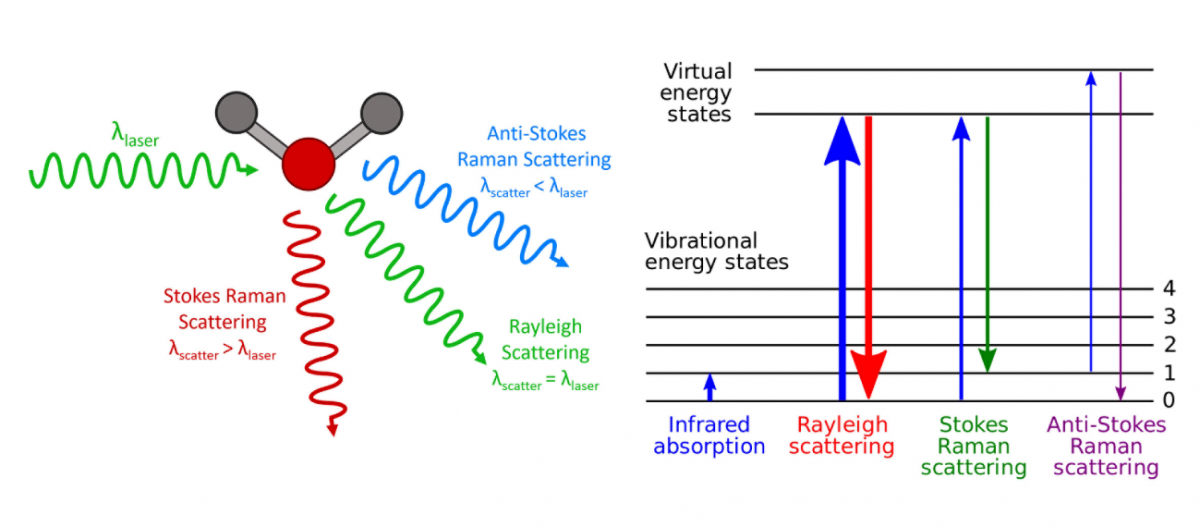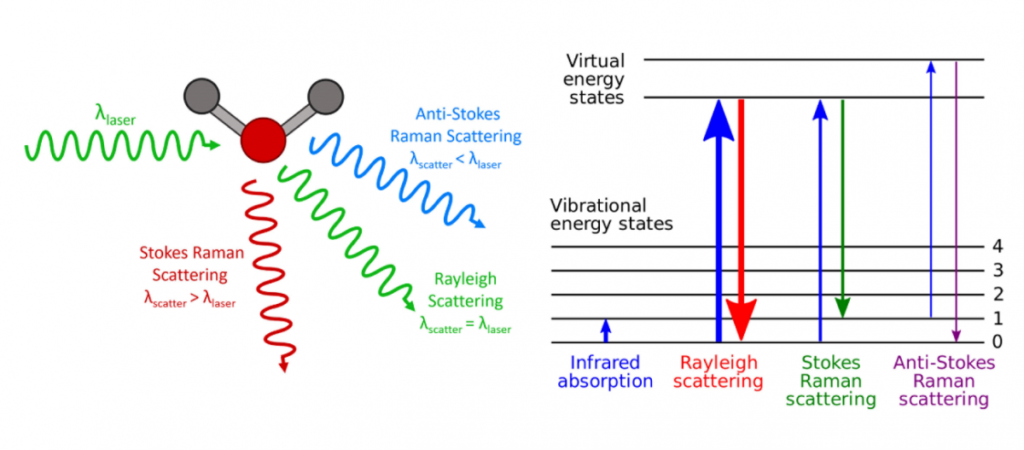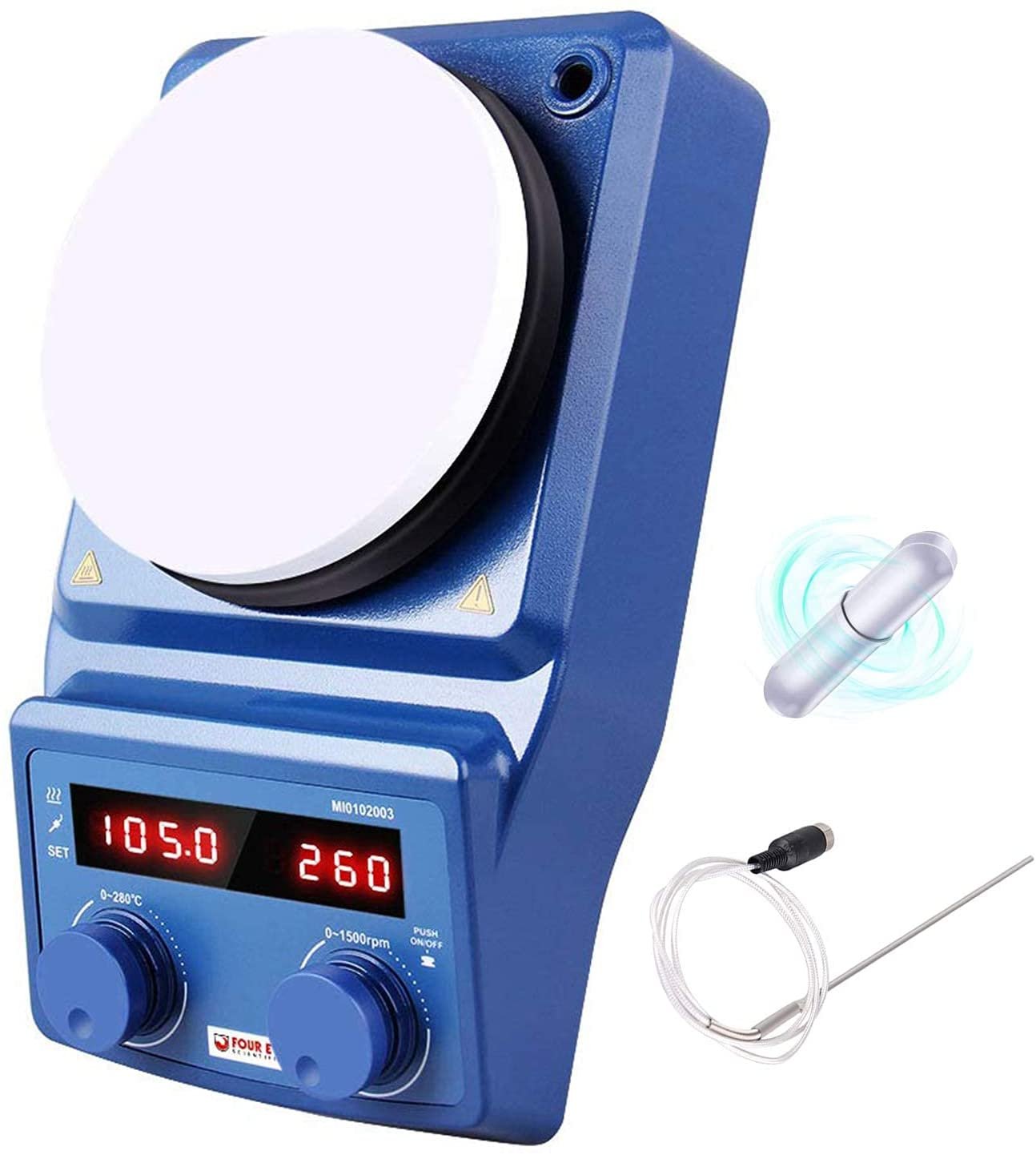Welcome Guys !!! To a new blog and the first one this year and I have decided to add in characterization methods another vital element of materials research and understanding how they work.
Now lets start with todays blog on Raman Spectroscopy. The reason for choosing this method for my first blog this year is its importance and its applications.
To explain in lay man terms light interacts with matter and every element and molecule has a unique spectra print. To compare in real word it is similar to finger print or a retinal scan for a person.
And to understand this print we need to understand the concept of Fraunhofer Lines. So stay tuned for further blogs on this topics.
Principle
Lets learn the basic principle.
The light when impeded on a molecule or an elemental atom can behave in three different ways.
Firstly, the photons can miss the electrons and atoms completely. This results in not change in energy and path.
Secondly, the photons are effected by the electrons and nucleus but there is no loss of energy. In other words, elastic scattering. This was first discovered by Dr. Rayleigh. In his name this process was known as Rayleigh Scattering.
Thirdly, the photons which ever effected by the electrons and nucleus and have losed some energy . In other words, in elastic scattering . This was first observed by Dr. C.V. Raman, an indian scientist using indigenous design equipment due to funding scarcity. I being an Indian, am really of Sir Dr. C.V. Raman. The same principle can be seen in the below picture from Raman spectroscopy and its first steps towards space exploration | PTAL
In simple words, when the resultant light has a different wavelength due to inelastic scattering.
In my next blog I am planning to add in the general procedure used to operate the equipment. So stay tuned guys.




